The production of parmigiano reggiano has to follow a special guideline, so you would think Parma cheese is Parma cheese, but for Foodies it’s not that simple, it also matters:
- the location of the production (mountain factories produce a different taste than the factories in the flat area) http://culinaryfactorytours.com/parmigiano-cheese-factory/
- the cheese maker (every casao has his very own “handwriting”)
- the cow breed (parma cheese from conventional cow milk, red Reggiana cow milk and white Modenese mild taste completely different) http://culinaryfactorytours.com/parma-cheese-for-foodies/
Sua Maesta’ – il nero
Last but not least: there are special local recipes like the “nero” from Pieve Roffeno. This cheese is black from the outside although the production process is exactly the same than regular parmigiano up to the age of one year. At the age of 12 month, only five cheese wheels from a days production get covered with a mixture of organic coal and bee wax, which builds a black crust. (not eatable)
The covering let the cheese age more slowly and leaves a different taste and structure, the consistence is more soft and moisture. Invented app. 500 years ago by monks, who tried to make the cheese more durable, the recipe was adapted and slightly modified by this cheese factory for traditional reasons. Today it wouldn’t be necessary to slow the aging process down, but in the old days the cows produced less milk in winter and it was helpful to have a part of the spring/summer production, when there was plenty of milk, age more slowly.
Parma cheese for Foodies in Bologna
Since the nero is black from the outside and so doesn’t match the strict guidelines of the Consorzio Parmigiano Reggiano, it can’t be sold as Parmigiano Reggiano, but Foodies and good restaurants in the area around Bologna know about it, so it has a market. In Bologna you get the black Parma cheese at La Baita in via Pescherie Vecchie (right when you enter the market from Piazza Maggiore), the other option would be the shop at the farm in Tole` – don’t wonder that it’s more expensive than the regular chunks, the nero is a Foodie specialty!



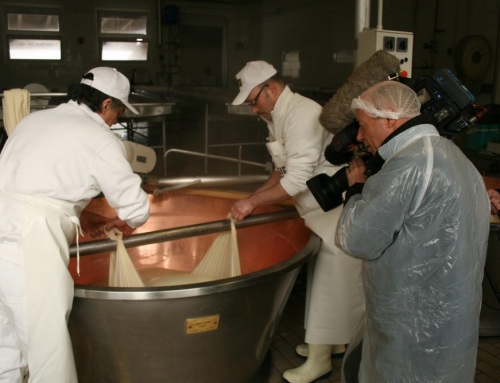
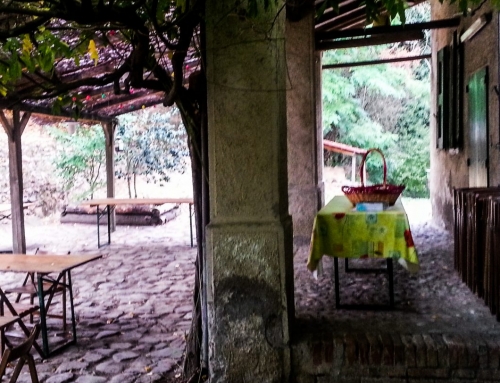
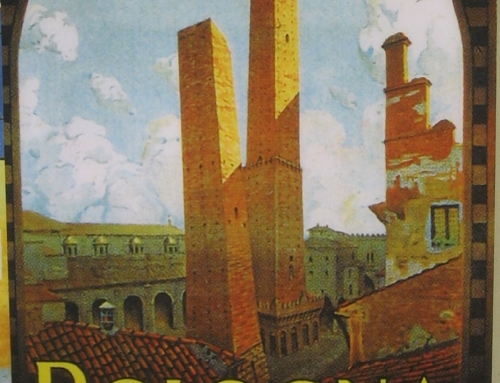
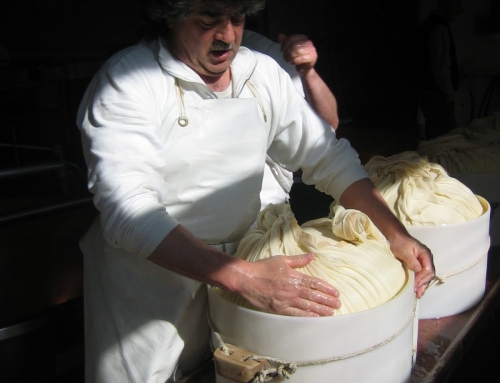
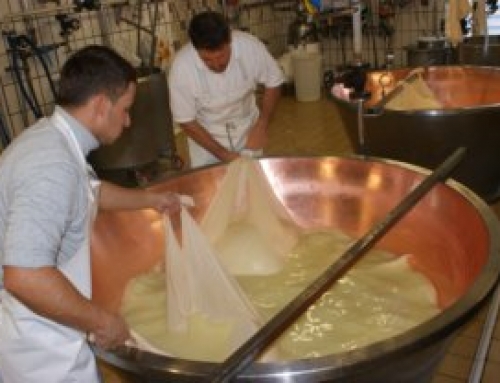

Leave a Reply